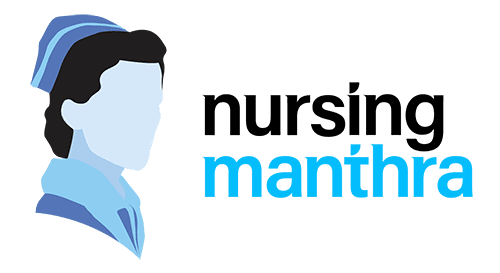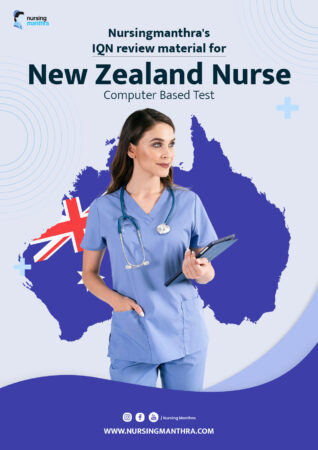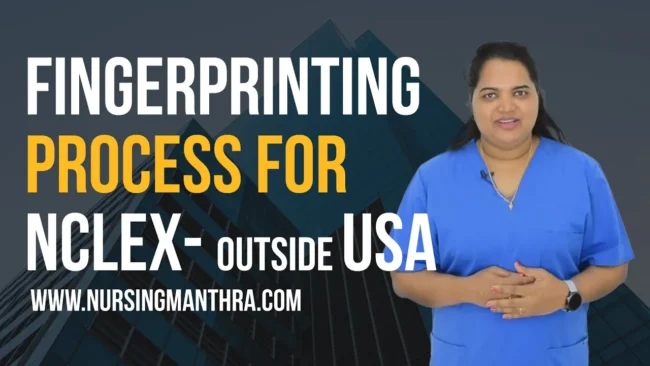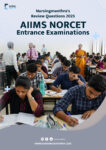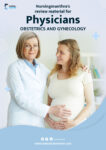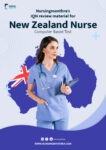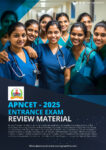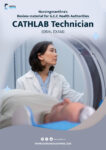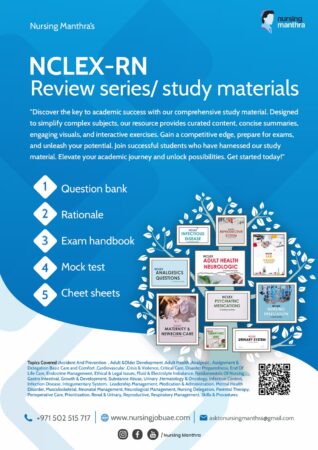EMERGENCY DEPARTMENT (ED)
- Triage rule?
A: Treat life‑threats first using ABCDE, then time‑critical cases like stroke or STEMI, then stable cases.
2. Chest pain—first 10 minutes?
A: ABCs, vitals, 12‑lead ECG, IV line, bloods, give aspirin if not contraindicated, and call the provider.
3. Suspected stroke in time window—priorities?
A: Find last‑known‑well time, do FAST/neuro check, check glucose, call stroke alert, prepare for imaging, and avoid low oxygen or low BP.
4. First treatment for anaphylaxis?
A: Give IM epinephrine, support airway and oxygen, start IV fluids, add other meds as ordered, and reassess often.
5. Trauma primary survey?
A: ABCDE: Airway with C‑spine, Breathing, Circulation, Disability (neuro), Exposure with warmth.
6. Early sepsis bundle—nursing role?
A: Spot red flags, get cultures and lactate as ordered, start antibiotics and fluids fast, and check response.
7. Reduce elopement risk?
A: Explain wait times, use safe rooms, de‑escalate, alert security/charge if risk rises, and document.
8. How do you assign ESI/MTS/CTAS for: (a) chest pain with diaphoresis, normal vitals; (b) febrile 2‑month‑old; (c) poly‑trauma with hypotension? What “danger‑zone” vitals change your call?
Answer:
- (a) Likely ESI‑2 (potential high risk/ECG within 10 min) even if vitals normal. Danger‑zone: HR>100–110, RR>24–30, SpO₂<92% → still ESI‑2 due to ACS risk.
- (b) ESI‑2 (age <3 months with fever ≥38°C = high risk; sepsis rule‑out).
- (c) ESI‑1 if unresponsive/poor perfusion/airway threat; ESI‑2 if responsive but hypotensive; trauma activation.
- Danger‑zone vitals (adults): HR >100–110, RR >24–30, SpO₂ <92%, SBP <90. Any of these in ESI‑3 escalates to ESI‑2.
9. Crowded ED: two ESI‑3 abdominal pains and one ESI‑4 ankle sprain. How do you set reassessment intervals and documentation when the MD is delayed?
Answer: ESI‑3 q30–60 min reassessment (pain, vitals, red‑flag changes), escalate if danger‑zone vitals or peritonitis; ESI‑4 q60–120 min. Time‑stamped notes: pain scores, PO hydration tolerance, vitals trends, safety checks, escalation attempts (SBAR to charge/MD).
10. Triggers for “fast‑track to ECG” from triage; what if no monitored bay?
Answer: Chest pain/pressure, atypical ACS (dyspnea, diaphoresis, syncope, epigastric pain, jaw/arm pain), DM/elderly/female equivalents, cocaine use, post‑syncope >50, new palpitations. Action: obtain ECG ≤10 min, place on portable monitor, keep defib nearby, notify provider, do not delay for room.
11. Time‑sensitive diagnoses with vague symptoms—what do you look for?
Answer: STEMI (silent equivalents), stroke (FAST/BE‑FAST), sepsis (AMS, tachypnea, hypotension), ectopic pregnancy (LOC, pain + bleeding), aortic catastrophe, PE, testicular/ovarian torsion. Use red‑flag screen + point‑of‑care glucose, pregnancy test, pulse ox.
12. Triage→Treatment SBAR; must‑include items for JCI‑compliant handover?
Answer: S: chief complaint + red flags. B: allergies, meds, comorbidities, pregnancy. A: vitals trends, ESI level, immediate tests done (ECG, glucose). R: location/monitoring needs, isolation, pending orders. JCI: two identifiers, read‑back of critical values, clear receiver name/time.
Opioid‑associated respiratory arrest—BLS modifications and naloxone dosing.
Answer: Prioritize ventilation and oxygen; Naloxone 0.4–2 mg IV/IN/IM, repeat q2–3 min PRN (IN typical 4 mg device). Watch for re‑narcosis; place on monitor.
13. Hyperkalemia with wide QRS & hypotension—ED sequence and monitoring.
Answer: Calcium (Chloride 1 g IV central or Gluconate 10 mL 10% IV), Insulin 10 U IV + Dextrose 25 g, Albuterol 10–20 mg neb, Bicarbonate if acidotic, dialysis consult. Continuous cardiac monitoring, repeat K⁺/glucose.
14. Synchronized cardioversion vs defibrillation—indications/energies; sedation role.
Answer: Cardioversion (sync) for unstable SVT, AF (120–200 J), AFL (50–100 J), VT with pulse (100 J+). Defibrillation for VF/pVT. Nurse: pre‑oxygenate, analgesia/sedation, safety clear, rhythm re‑check, post‑shock monitoring.
15. TCP fails to capture—bedside troubleshooting before TVP.
Answer: Reposition pads (AP/AL), increase mA gradually, ensure good skin contact/dryness, check leads/monitoring, consider metabolic issues (K⁺, acidosis), provide analgesia, reassess perfusion.
16. ATLS primary survey—nurse‑led actions in unstable blunt trauma.
Answer: A: jaw thrust, suction, OPA/NPA, prepare RSI. B: O₂ NRB/BVM, expose chest, needle decompression if tension. C: large‑bore IV/IO ×2, MTP activation, pelvic binder, TXA per protocol. D: GCS, glucose. E: fully expose/warm, prevent hypothermia
For more details and purchase the material you can contact nursingmanthra whatsapp number-+971502515717

